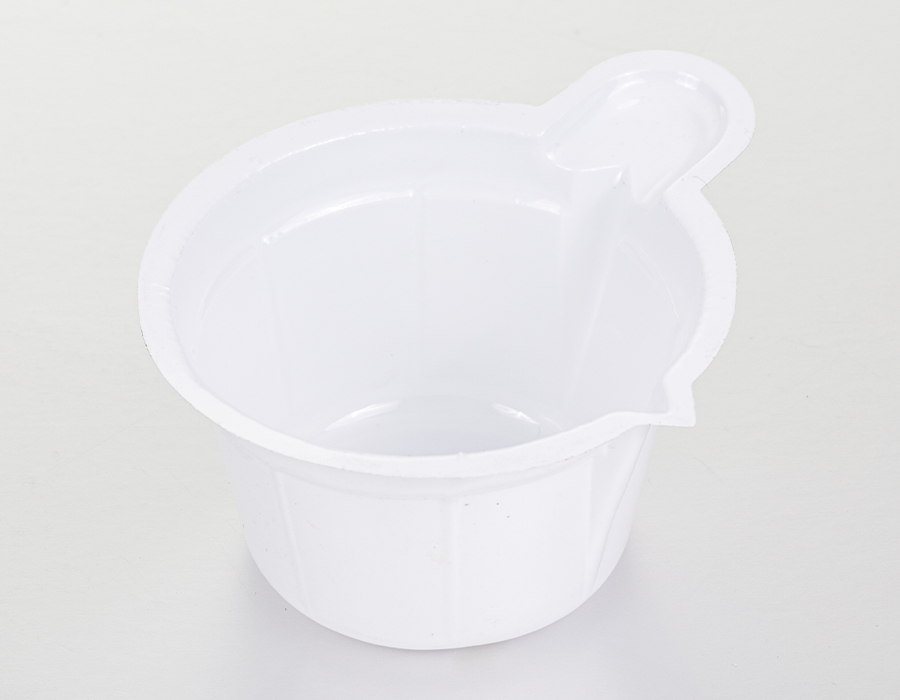Introduction
Collection tubes are essential tools used in medical and laboratory settings for the collection, transportation, and storage of various samples. These tubes are specifically designed to meet the specific requirements of different sample types, ensuring their integrity and facilitating accurate diagnostic or research outcomes. Understanding how collection tubes are used in medical and laboratory settings is crucial for ensuring reliable and standardized sample handling.
Sample Collection
Collection tubes play a vital role in the initial stage of sample collection. They provide a sterile and appropriate container for collecting different types of samples, such as blood, urine, saliva, cerebrospinal fluid, and tissue specimens. Collection tubes may have specialized additives, anticoagulants, preservatives, or stabilizers to maintain the integrity of the sample and prevent degradation.
Preservation and Stability
Collection tubes are designed to preserve the stability of samples during transportation and storage. They are often made from materials that are chemically inert and resistant to contamination or leaching. Certain tubes incorporate additives or preservatives to maintain the viability of cells or prevent microbial growth. By preserving the sample's integrity, collection tubes ensure accurate and reliable test results.
Compatibility with Laboratory Instruments
Collection tubes are engineered to be compatible with laboratory instruments and automated systems. They are designed with standardized sizes, shapes, and closures to ensure seamless integration into laboratory workflows. Compatibility enables efficient and accurate sample processing, reducing the potential for errors and enhancing overall laboratory productivity.
Sample Identification and Tracking
Proper identification and tracking of samples are critical in medical and laboratory settings. Collection tubes are labeled with unique identifiers, such as barcode labels or alphanumeric codes, to ensure accurate sample identification and traceability. This enables proper tracking of samples throughout the testing process, minimizing the risk of mislabeling or sample mix-ups.
Quality Control and Standardization
Collection tubes adhere to strict quality control measures and standards to maintain consistency and reliability. They undergo rigorous testing to ensure they meet specific requirements for sample collection, preservation, and storage. Compliance with international standards and regulations ensures the accuracy and comparability of test results across different laboratories and healthcare facilities.
Safety Considerations
Collection tubes prioritize safety in sample handling. They often feature leak-proof closures or safety caps to prevent sample spillage or exposure to hazardous materials. Some tubes incorporate safety features, such as needles with built-in safety mechanisms or vacuum tubes for controlled blood collection. Safety considerations minimize the risk of occupational hazards and promote a safe working environment.
Proper Disposal
After sample analysis, proper disposal of collection tubes is crucial to prevent cross-contamination and ensure environmental safety. Tubes may need to be disposed of according to specific guidelines, such as biohazardous waste disposal protocols. Compliance with proper disposal practices minimizes the risk of contamination and protects both laboratory personnel and the environment.
30ml Disposable urine collector urine specimen container

30ml Disposable urine collector urine specimen container



 English
English Español
Español 中文简体
中文简体







